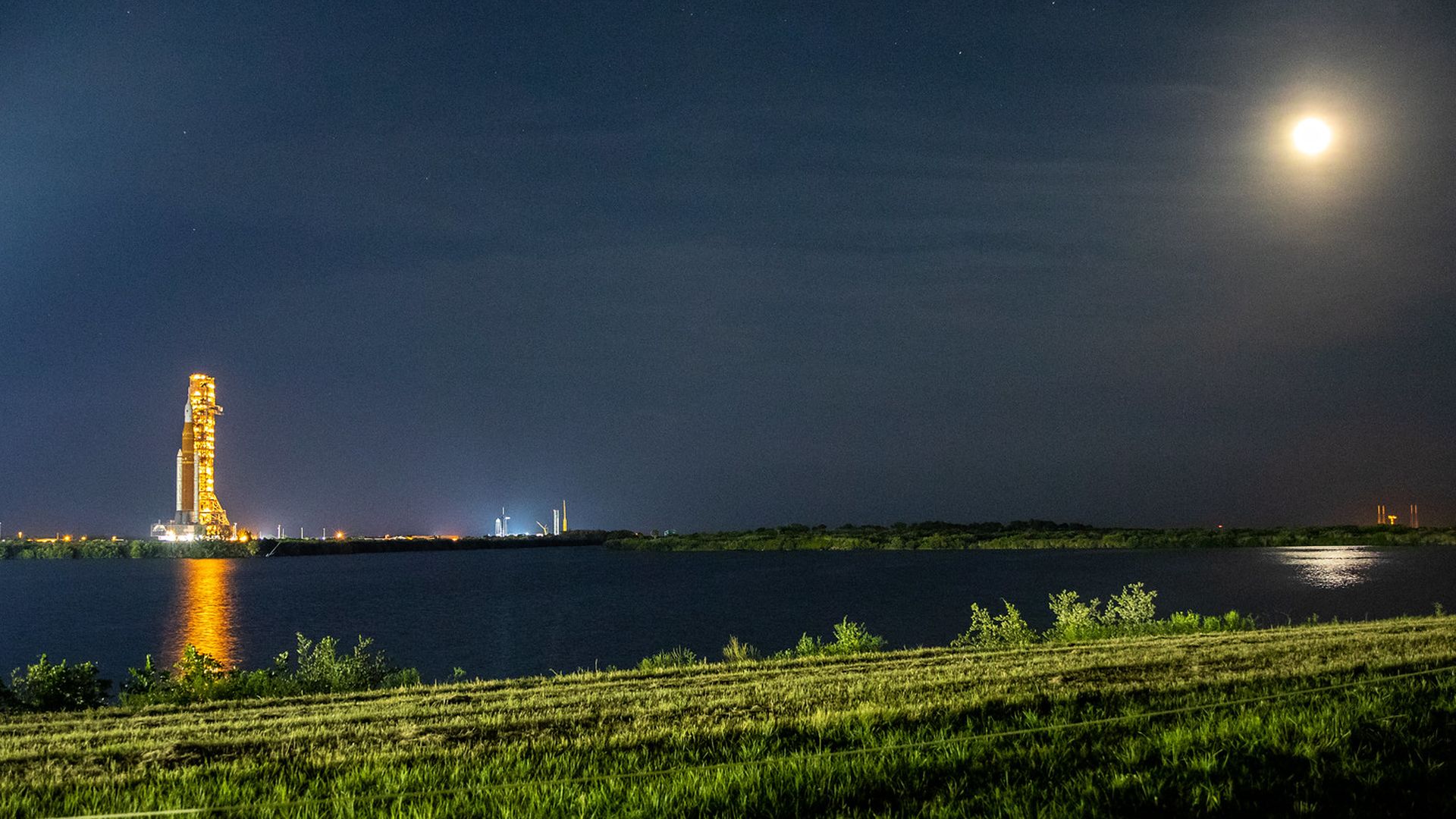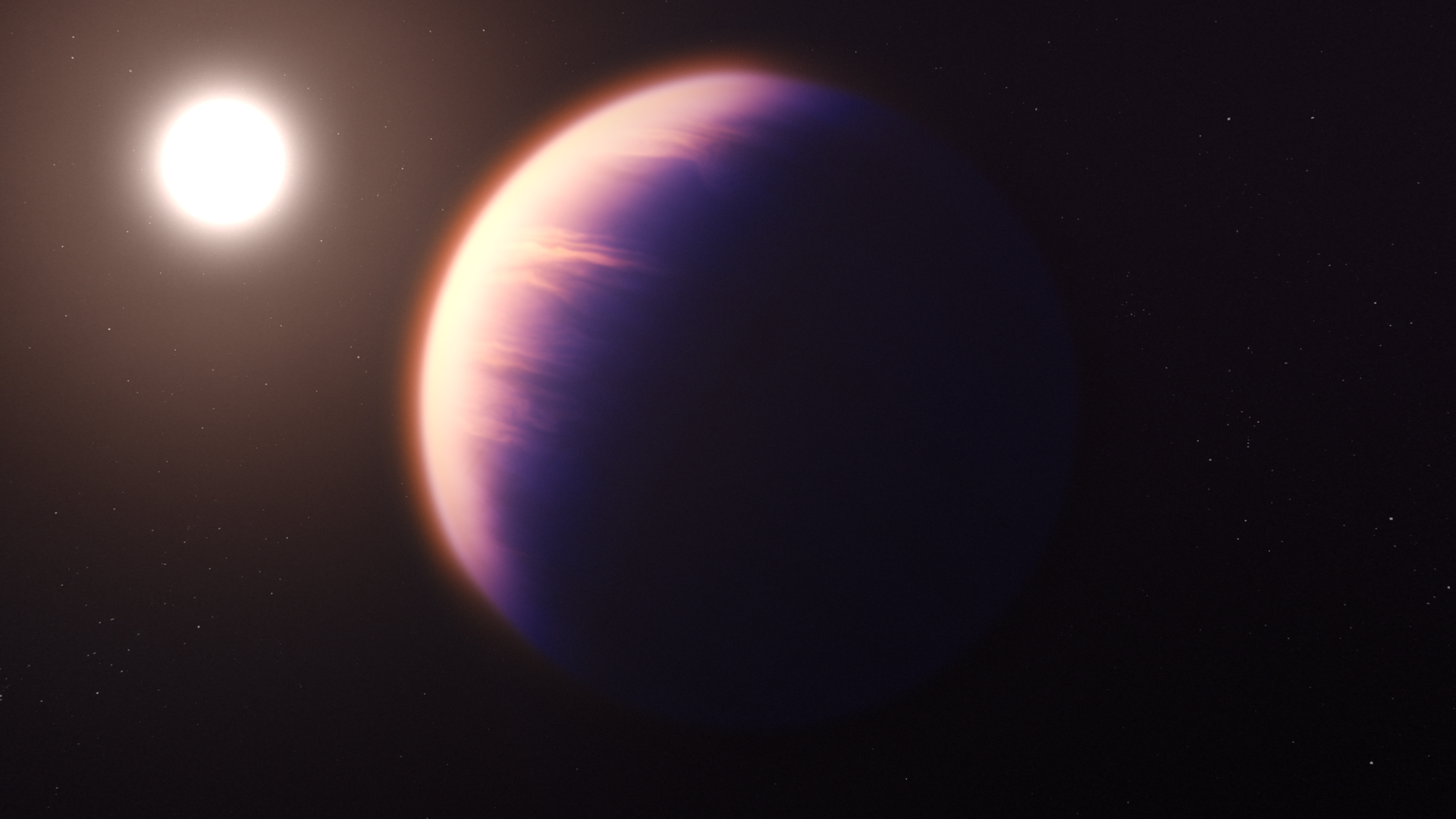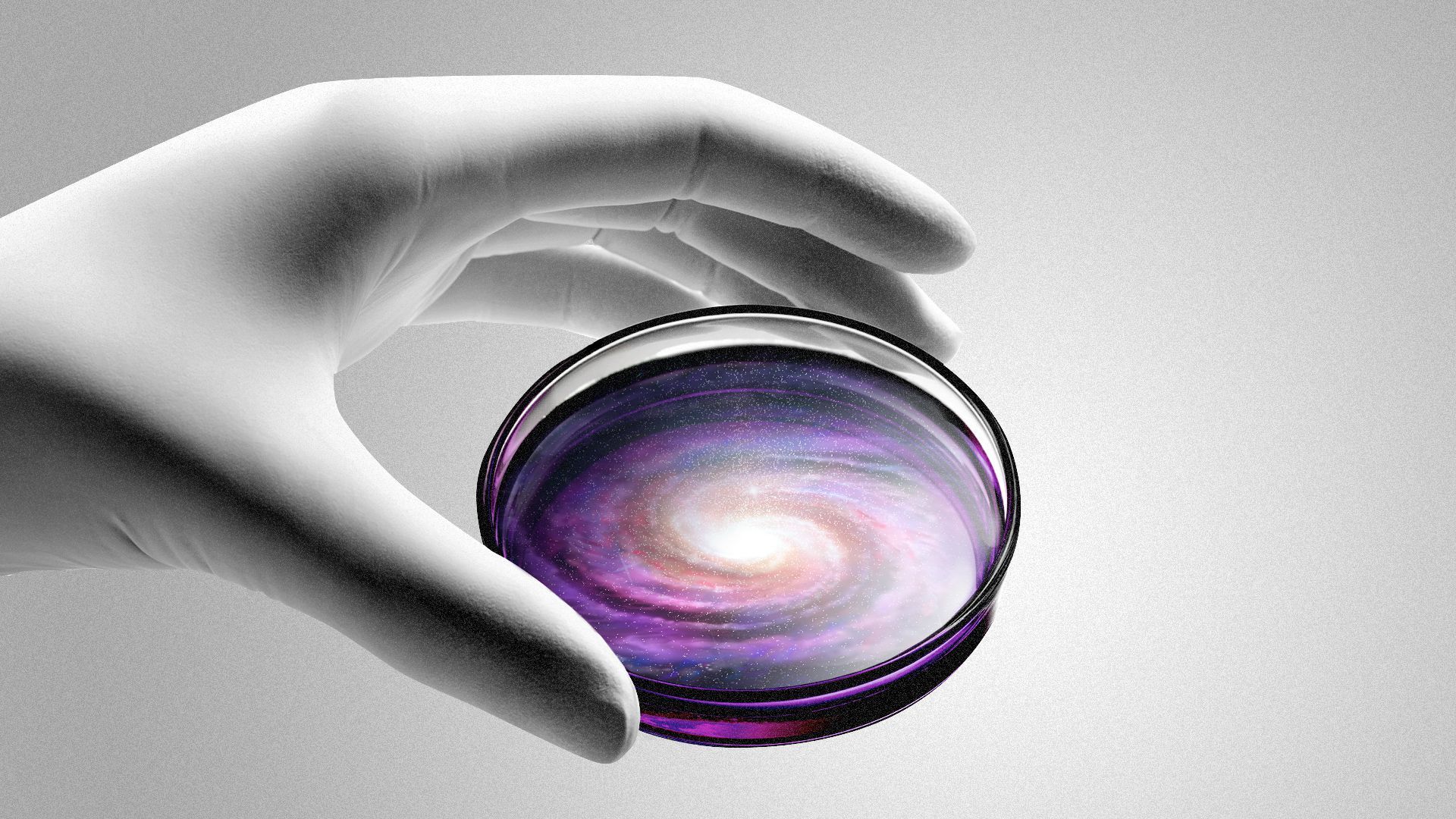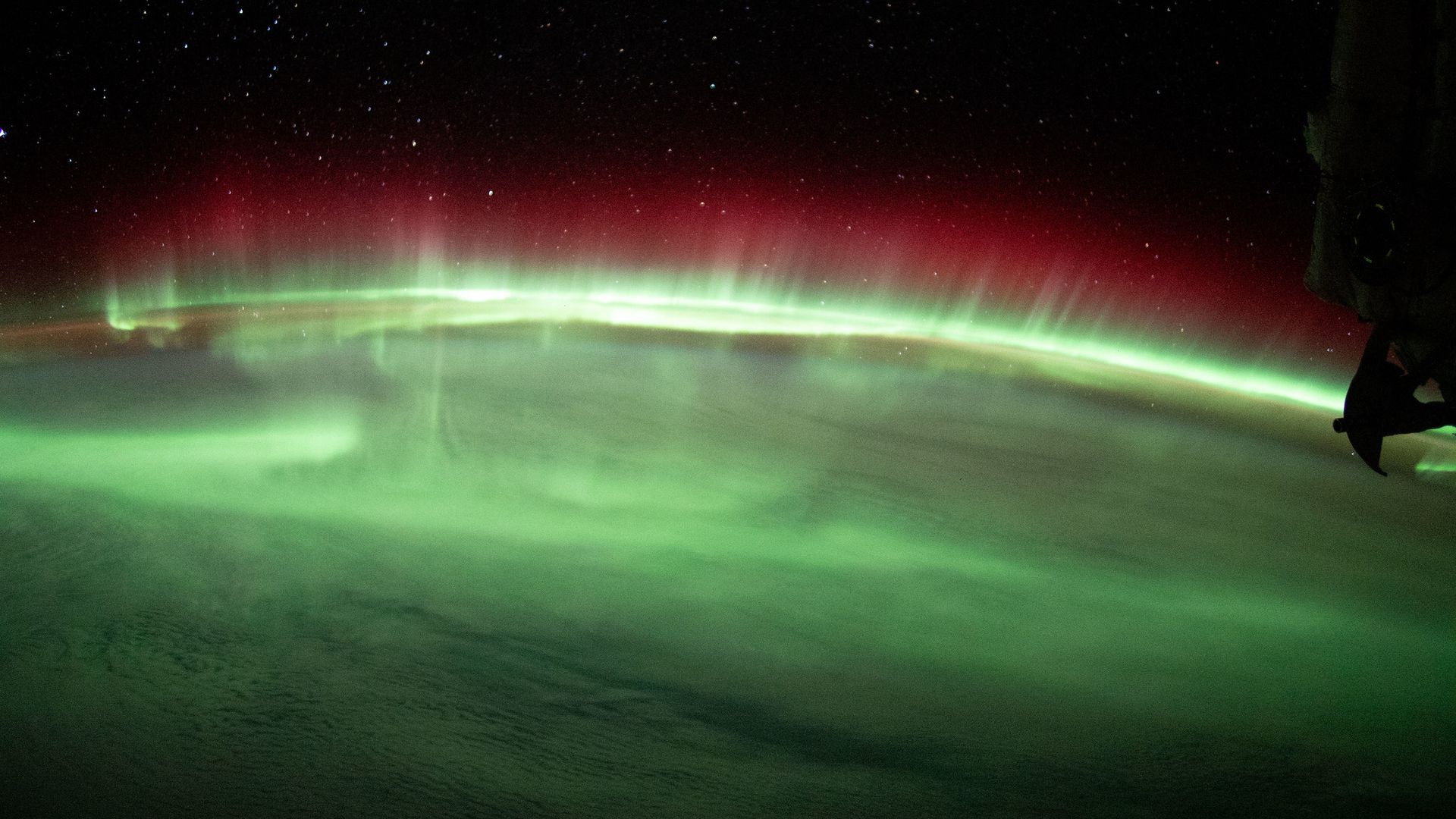| | | | | | | Presented By ASCEND | | | | Axios Space | | By Miriam Kramer · Aug 30, 2022 | | Thanks for reading Axios Space. At 1,089 words, this newsletter is about a 4-minute read. - Please send your tips, questions and sat phones to miriam.kramer@axios.com, or if you received this as an email, just hit reply.
🎧 Launching soon: A new season of the "How it Happened" podcast focusing on Elon Musk vs. Twitter. Subscribe. | | | | | | 1 big thing: The space race for your cellphone |  | | | Illustration: Aïda Amer/Axios | | | | Young satellite companies say they're on the precipice of blanketing the planet with cellphone service, I write with my colleagues Hope King and Margaret Harding McGill. Why it matters: If they succeed, their technology could eliminate dead zones and provide more reliable coverage to millions of people. Driving the news: Elon Musk and T-Mobile CEO Mike Sievert late last week announced plans to start delivering service through SpaceX's Starlink by the end of next year in the United States. - Only text and certain messaging capabilities will be available in the beginning, with the goal of adding voice and data down the line.
- "We've all read about someone who was hiking, got lost, or died of thirst or exposure," Musk said during the announcement event, adding that this service will help in those types of situations.
How it works: New satellites equipped with larger and more powerful antennas will pick up signals from cellphones directly, rather than relying on cell towers. - Sievert described the vision as putting cell towers in the sky, but "a lot harder."
- The partnership would effectively enable cellphones to do what satellite phones can do, Jon Peha, former FCC chief technologist and professor of engineering and public policy at Carnegie Mellon University, tells Axios.
- "They're no longer separate devices. It's one device that does both," he said.
State of play: AST SpaceMobile and Lynk are other major competitors working to make cell coverage direct from space a reality. - Project Kuiper, from Amazon, is working with Verizon on an effort to provide rural communities with wireless coverage via thousands of satellites.
- Rumors are also swirling that Apple might be set to announce its own direct-to-satellite iPhone partnership with Globalstar next week.
What they're saying: "The human race is becoming less and less tolerant of being disconnected," AT&T CEO John Stankey told Axios in an interview. "There's a market out there to keep people connected all the time." - Stankey declined to share details about any plans from AT&T, but added, "I think we'll see the market develop where there's a variety of different alternatives and solutions."
The ultimate goal is to offer high-speed mobile internet access via satellite. - "No one company or even a number of these companies [will] be able to meet all the needs," Peha said.
The intrigue: With SpaceX dominating the rocket launch industry right now, "co-opetition" could drive success for all players. - "We're glad that they [SpaceX and T-Mobile] have shown attention to this, but we always thought this was going to be a multiple party market," AST chief strategy officer Scott Wisniewski tells Axios. "This is not a winner take all market given how big it is."
What's next: SpaceX and T-Mobile will need regulatory approval from the FCC for their plans. |     | | | | | | 2. To the Moon (soon) |  | | | The Space Launch System rocket. Photo: NASA/Ben Smegelsky | | | | NASA's uncrewed Artemis I launch of the Space Launch System rocket and Orion capsule was called off on Monday. Why it matters: NASA plans to use the SLS rocket and Orion to return people to the Moon for the first time since the end of the Apollo program in the 1970s. The latest: An engine issue prevented the SLS from getting off the pad at Kennedy Space Center in Florida. - One of the rocket's four engines didn't get up to the correct temperature, preventing the space agency from launching.
- The earliest NASA could retry the launch is Friday, but it's not yet clear whether mission managers will be able to fix the issues with the rocket before that day.
- "We're preserving the option for Friday," Artemis I mission manager Mike Sarafin said during a press conference yesterday.
How it works: For this launch, the SLS is expected to send the Orion capsule on a journey around the Moon before it comes back to Earth, splashing down under parachutes in the Pacific Ocean. - The test is expected to prove out all of the capabilities needed to one day send people to the Moon.
- NASA's first crewed Artemis Moon landing is currently expected to occur in 2025.
|     | | | | | | 3. Carbon dioxide in an alien atmosphere |  | | | Artist's illustration of WASP-39 b. Image: NASA, ESA, CSA, and J. Olmsted (STScI) | | | | The James Webb Space Telescope has detected carbon dioxide in the atmosphere of a distant planet circling a Sun-like star for the first time. Why it matters: The JWST is designed to investigate and help scientists understand the compositions of exoplanet atmospheres in the hopes of eventually figuring out exactly what might make a world habitable. - While this detection was made in the atmosphere of a gas giant that likely isn't hospitable to life, it could help scientists figure out what a signal from carbon dioxide might look like for a potentially habitable world.
What's happening: The planet called WASP-39 b — which has close to the same mass as Saturn but is wider in diameter than Jupiter — is located about 700 light-years away. - The JWST caught sight of the planet as it passed in front of its star, backlighting its puffy atmosphere and allowing the telescope to parse out what it was made of.
- During a transit like this, the light from the star is partially obscured by the planet and starlight is filtered through the atmosphere, which lets scientists get a spectrum of colors that represent various molecules that compose the atmosphere.
- "Detecting such a clear signal of carbon dioxide on WASP-39 b bodes well for the detection of atmospheres on smaller, terrestrial-sized planets," Natalie Batalha of the University of California at Santa Cruz who led the team behind the discovery said in a statement.
Plus: "Carbon dioxide molecules are sensitive tracers of the story of planet formation," Mike Line, a team member from Arizona State University, said. - "By measuring this carbon dioxide feature, we can determine how much solid versus how much gaseous material was used to form this gas giant planet," Line added.
- "In the coming decade, JWST will make this measurement for a variety of planets, providing insight into the details of how planets form and the uniqueness of our own solar system."
|     | | | | | | A message from ASCEND | | They'll be at ASCEND — will you? | | |  | | | | Join Pam Melroy from NASA, Gwynne Shotwell from SpaceX, former astronaut Ellen Ochoa and 200+ speakers at 2022 ASCEND. Happening Oct. 24-26, ASCEND brings together space's leading industry thinkers, biggest companies and government leaders. Register online. | | | | | | 4. Out of this world reading list |  | | | Illustration: Aïda Amer/Axios | | | | ⚫️ Dark energy remains a mystery as Einstein's theory of gravity passes another test (Robert Lea, Space.com) 🖖 Nichelle Nichols' remains will go explore strange new worlds (Rachel Treisman and Dustin Jones, NPR) 🌌 The spookiest sound in astronomy (Marina Koren, The Atlantic) 🐶 Snoopy joins other children's favorites on Moon mission (Rebecca Falconer, Axios) |     | | | | | | 5. Weekly dose of awe: An active Sun |  | | | Photo: NASA | | | | The Sun is letting loose. - Astronauts and cosmonauts on the International Space Station were treated to this brilliant view of the auroras sparked above the Indian Ocean on Aug. 17.
- Auroras appear when particles from the Sun interact with and excite particles in our atmosphere, creating the distinctive glow.
|     | | | | | | A message from ASCEND | | They'll be at ASCEND — will you? | | |  | | | | Join Pam Melroy from NASA, Gwynne Shotwell from SpaceX, former astronaut Ellen Ochoa and 200+ speakers at 2022 ASCEND. Happening Oct. 24-26, ASCEND brings together space's leading industry thinkers, biggest companies and government leaders. Register online. | | | | Big thanks to Alison Snyder, Sam Baker and Sheryl Miller for editing this week's edition, Margaret and Hope for writing with me, and to Aïda Amer for the great illustrations. If this newsletter was forwarded to you, subscribe. 🌓 |  | | Are you a fan of this email format? It's called Smart Brevity®. Over 300 orgs use it — in a tool called Axios HQ — to drive productivity with clearer workplace communications. | | | | | | Axios thanks our partners for supporting our newsletters. If you're interested in advertising, learn more here.
Sponsorship has no influence on editorial content. Axios, 3100 Clarendon Blvd, Arlington VA 22201 | | | You received this email because you signed up for newsletters from Axios.
Change your preferences or unsubscribe here. | | | Was this email forwarded to you?
Sign up now to get Axios in your inbox. | | | | Follow Axios on social media:    | | | | | |
No comments